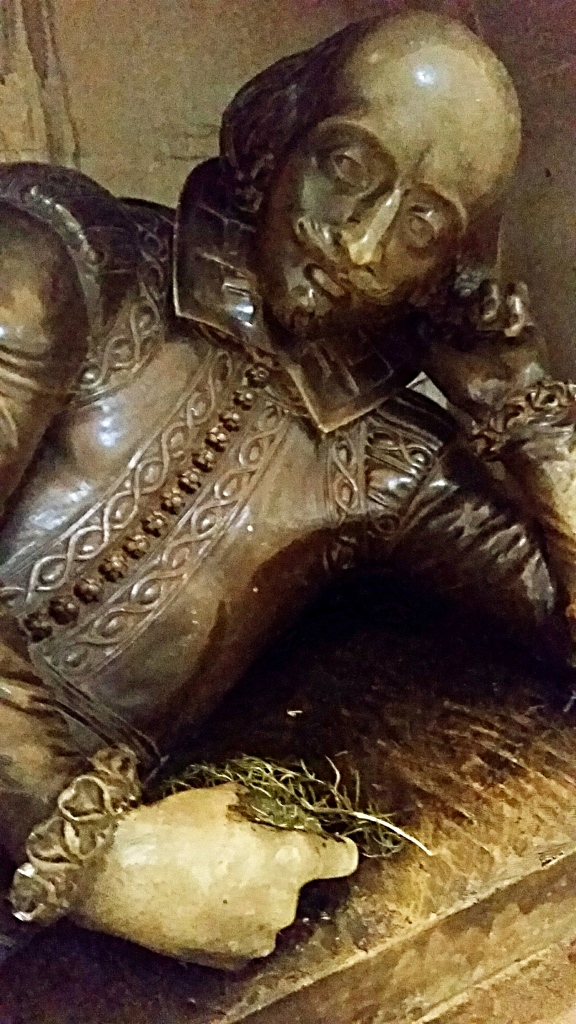Lexicógrapher. n.s. [λεξικὸν and γράφω; lexicographe, French.] A writer of dictionaries; a harmless drudge, that busies himself in tracing the original, and detailing the signification of words.

Ladies and gentlemen, Dr. Samuel Johnson.
My days in London weren’t all Shakespeare. I spent a considerable amount of our limited free time chasing down some of my favorites among London’s other literary luminaries: Chaucer, Dickens, Keats, Woolf, Blake. I planned out a walking route that would hit upon some of their major sites, but the writer I want to discuss today is the one I didn’t plan for: Dr. Samuel Johnson.
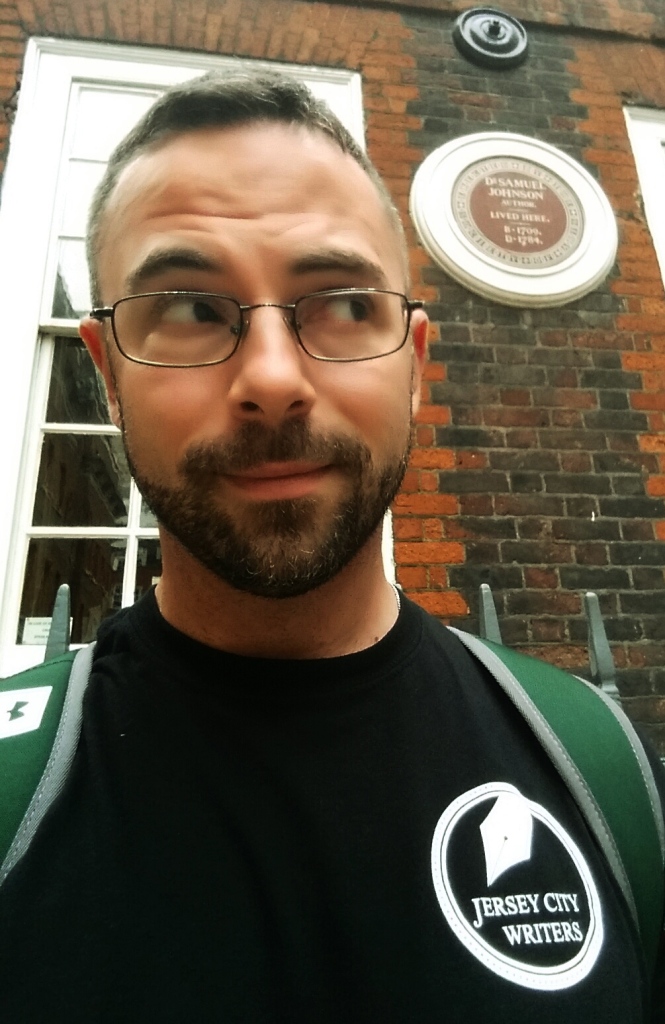
A Johnson skeptic no more!
No lie: I only went to Dr. Johnson’s house because it was marked on my city map and I figured that if it was important enough to locate on a general map, it was worth visiting. Obviously I’d heard of Johnson: Dictionary, Boswell, lots of famous anecdotes**, etc. No self-respecting English major hasn’t heard of him.
But I’ve never met anyone who was a Johnson specialist. In my experience, he’s been more discussed than read, a frequent footnote in literary criticism. I assumed that this was because he only wrote the Dictionary and, being a witty bon vivant and raconteur, was primarily known through Boswell’s biography.
Obviously, if you are a specialist in Johnson and the 18th century then you’ll be sniggering at my ignorance, and rightly so.
But if you, like me, were not aware of how amazing he was, then keep reading. This entry will be an account of my time at the Johnson house and the details that have managed to stick in my head from the experience.
First, a word about the house. I love how they’ve curated it. The rooms are simply furnished, the walls adorned with prints and images of people who were important to Johnson’s life. Rather than complicate the walls with lengthy explanations alongside each image, they’ve created small booklets of information to accompany the images that you can read while sitting comfortably at a table in each room. I don’t know if the tables are period or not, but they look it, and anyway it feels right to sit and read in rooms where Johnson and his coterie would have sat, read, discussed and thought, versus moving through just another gallery of what used to be a famous person’s house.
In the first room I flipped through a binder of news articles of sundry Johnsonalia. Two in particular caught my eye. The first was by Virginia Woolf, and since she was already on my list of people whose traces I planned to stalk that day, I read the whole thing. It was (of course) beautiful – an argument for secular sainthood, nominating Johnson for beatification on the 150th anniversary of his death. She argued that he’s one of few writers who genuinely loved humanity in all of its forms and colors, beauty and flaws. Most writers, she said, are singular, moody, mercurial and only like people insofar as they see themselves separate from them; subjects to write about. But some, like Shakespeare and Johnson, really loved people. It shows in their writing, but it also shows in how the people have adopted them: cabbies in the 20th century, she wrote, would quote Johnson — and perhaps they still do. Again, like Shakespeare, he’d entered into the collective imagination and the collective voice of the people.
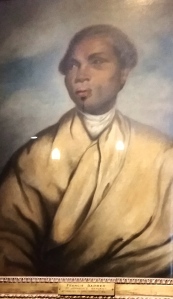
My photo of Barber’s portrait in Johnson’s house
I was intrigued. I thought of him as being very stodgy (if only because I think of everyone in the 18th century as being very stodgy), but I was very much open to being wrong. I read about the people pictured in that room. The most interesting to me was Johnson’s valet and heir, Francis Barber, a Jamaican who had been sent to Johnson as a recently-freed slave. Johnson — a vocal abolitionist — certainly didn’t treat him as such. He saw to it that Barber was properly educated and could keep up with Johnson’s crowd. As Johnson died without children, Barber was made sole heir. He retired to Lichfield, the town where Johnson was from, married a white woman (a fact I found particularly surprising and heart-warming given the time period), started a school and raised a family.
One of Barber’s descendants was profiled in the second article that caught my eye in that room. He hadn’t known that he was a descendant of Barber’s, and – being outwardly white in appearance – was shocked to learn he had a slave ancestor. Anyway, long before he knew of his relationship to Barber, he himself had done humanitarian work in parts of Africa and taken a young man under his wing whom he educated and supported and thought of as a son. So Barber’s descendant ended up mirroring Johnson’s beneficence 250 years later.
Wow. Only the first room, yet it was clear to me that Johnson’s legacy was much more formidable than I had realized. There was a magnificent spirit present in those walls, someone whose mind and heart seem to have been far ahead of his time, and yet so much present within his time that his name, words and character would basically define it. A true man of the Enlightenment.
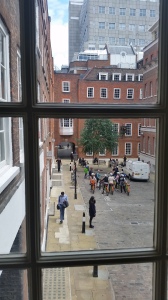
View from the second story window. Wonder who among this crowd might have been part of ‘The Club’?
In the upper chambers I learned that, true to Woolf’s assessment, he surrounded himself with artists and thinkers, politicians and plebeians, movers and shakers of all sorts. He and Sir Joshua Reynolds would regularly hold club meetings at the Turk’s Head Tavern where they would surround the dinner table with a representative from a variety of fields – business, law, theology, art, music, and so forth – and they would put forth a controversial subject for the group to discuss, just to see what ideas might come forth (with only one verboten subject: politics). Women, too, were included in his circles, some whose opinions he very highly esteemed.
The uppermost room — his garret (or attic) — is where he and his troupe of amanuenses put together not the first, but the most comprehensive and thorough English dictionary. It may as well have been the first; the others had entries like: DOG, n., An animal with four legs. By that definition, cows and cats and ferrets could all go by the name of DOG. By today’s standards, Johnson’s Dictionary was also flawed as far as objectivity was concerned, but let’s give the guy some credit: the tome included nearly 43,000 words and around 114,000 quotations from major authors of the English language to illustrate a word’s usage in each definition. And he didn’t have Google to find the multiple references to the words, he had his own memory.
Impressive.
I sat in the garret by myself, looking up from the copy of Johnson’s dictionary on the table and out the window to the street below. The room and street were both very still. In my journal I wrote as I sat there, “I wish I could summon the ghosts.” I wanted to be able to hear the noisy silence of the fervent writing, page flipping, the occasional “Aha!” at the discovery of the perfect quotation to illuminate a definition. As it was, I contented myself with the quiet and allowed myself to absorb the special significance of the room.
Dr. Samuel Johnson was born in the early 1700s and died near the end of that century, so he was every inch a man of the 18th century, a century that I, in my studies, have always glossed over as that period between the Elizabethan/Jacobean/Restoration and the Victorian where lots happened in the world politically, but little seemed to interest me in terms of literature. Spending time with Johnson in his own house where the English language was consciously shaped and codified left me profoundly moved and deeply interested in learning more about the man, his writings and his era.
I really can’t recommend it highly enough: if you’re in London, please go visit Dr. Johnson’s house. You’ll be surprised by how much you learn
**My favorite anecdote, which I learned in my high school English class twenty years ago: Johnson was seated next to a woman at a dinner party. When she got a whiff of his intense body odor (a fact which the exhibition confirms: he would go weeks without changing his clothes), she said, “Sir, you smell!” To which the good doctor-grammarian replied, “No, madame: you smell; I stink.”
Here are some shots of the Johnson House’s materials. Gives you a sense of the kind of thorough, yet very readable literature they have set out for your perusal as you move through the house. The three pages pictured go together and should be read in succession for more information on Johnson’s Dictionary.
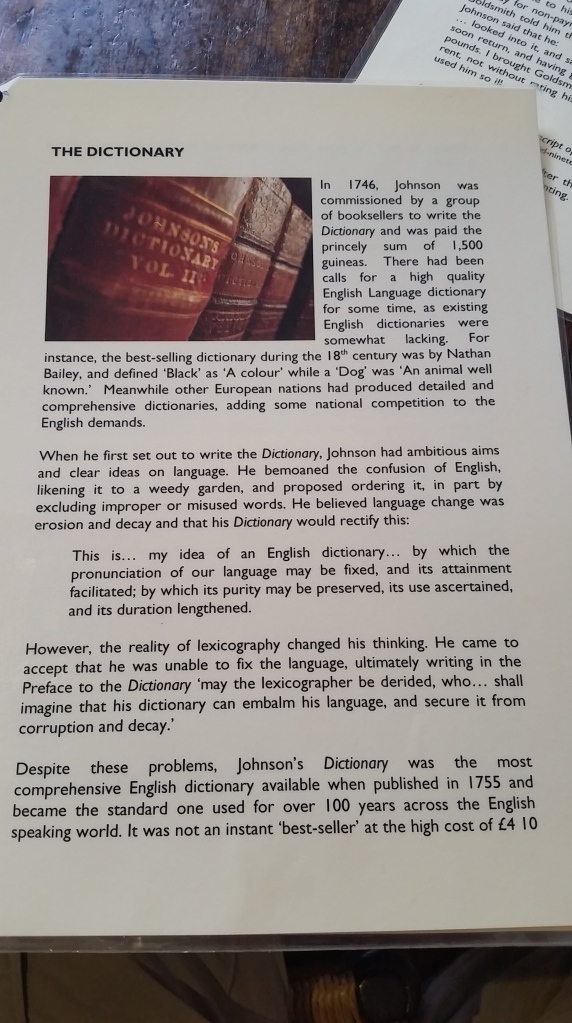
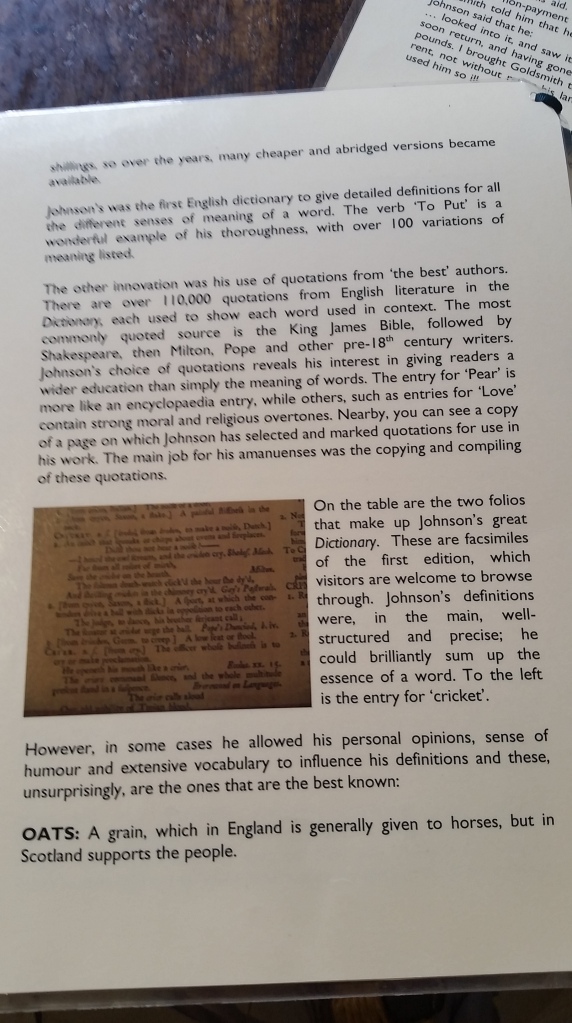
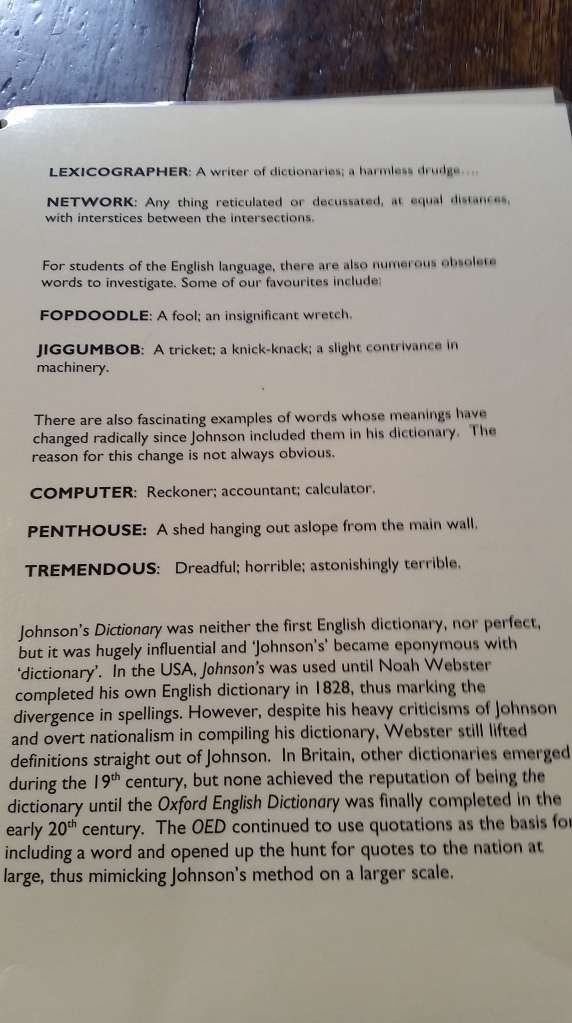






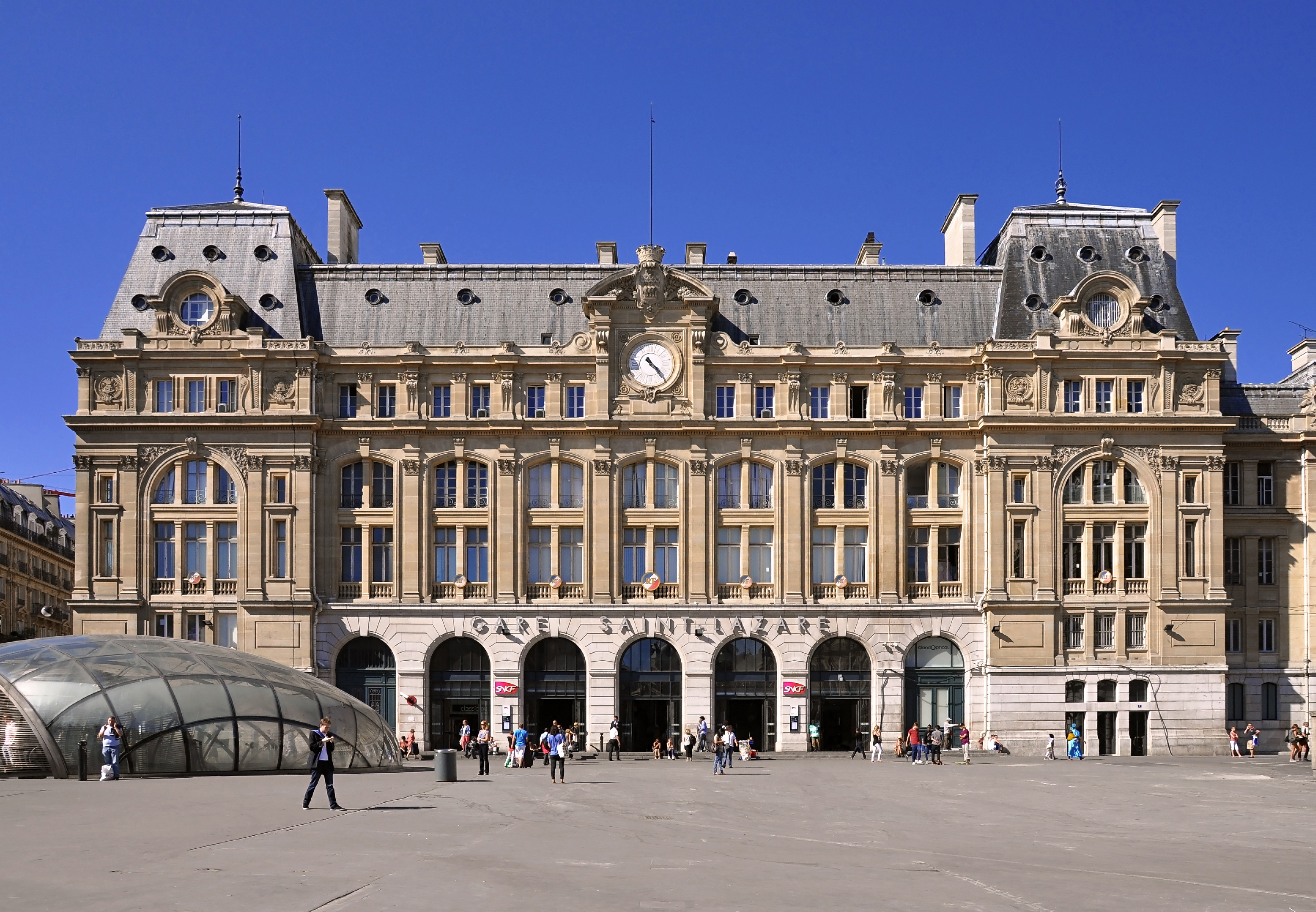

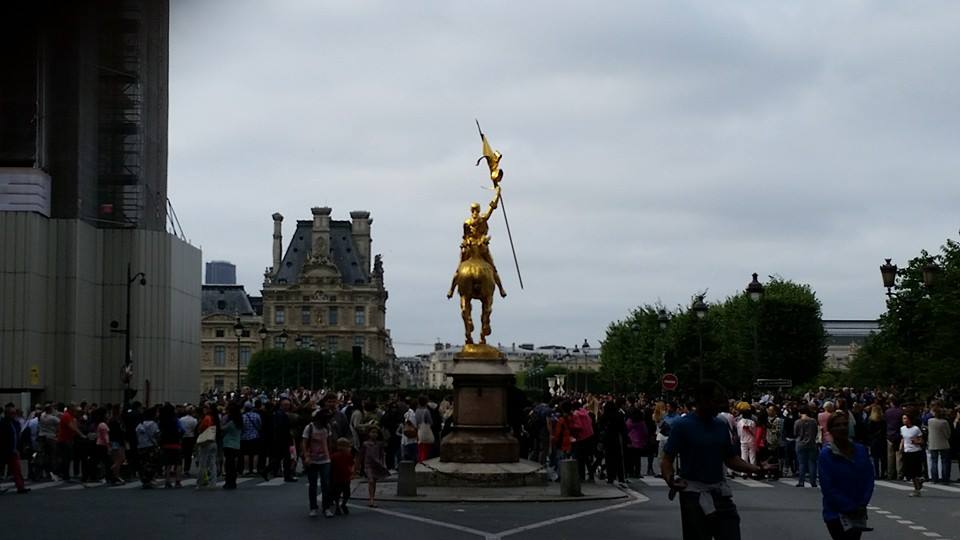


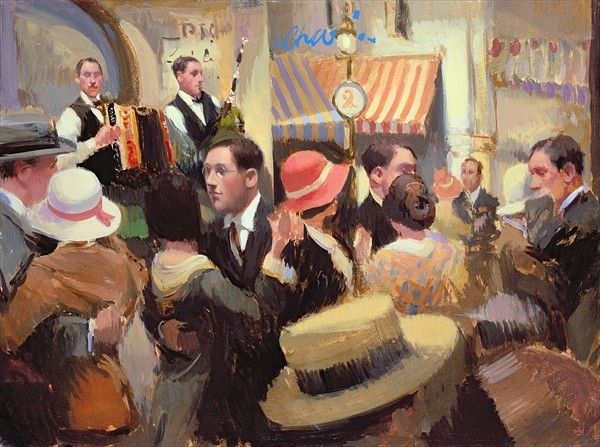

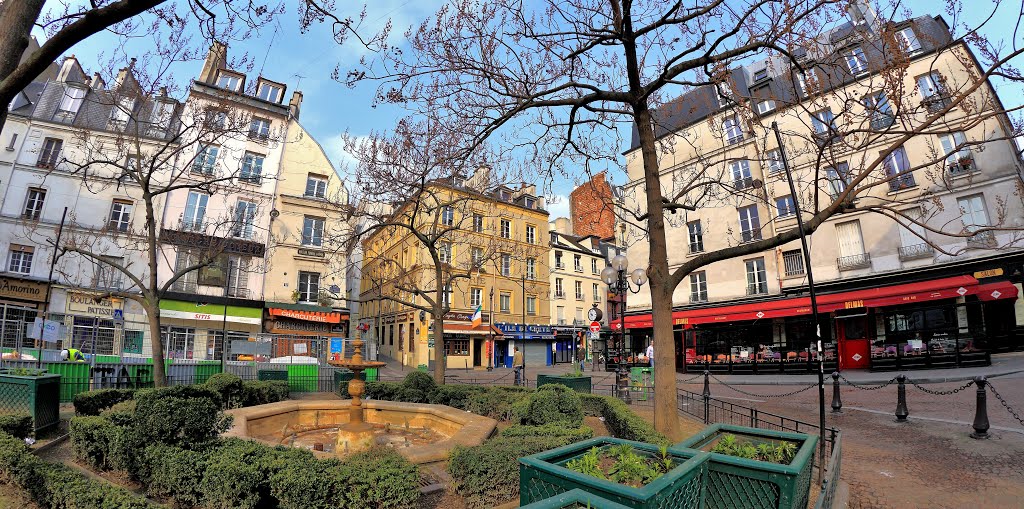

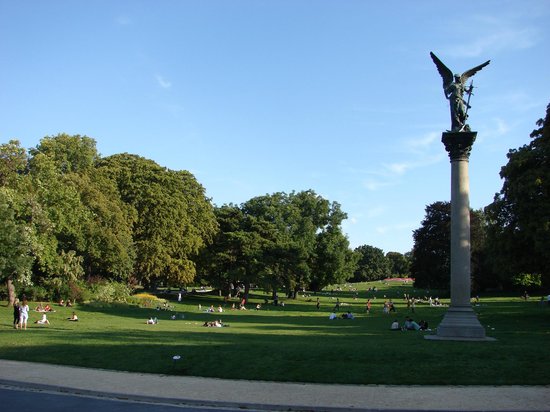

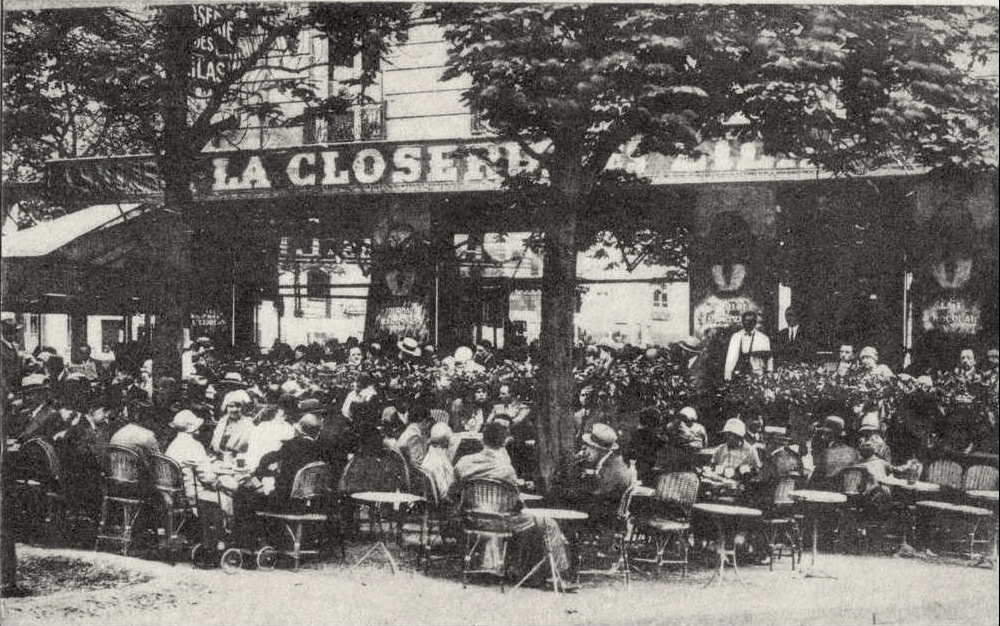



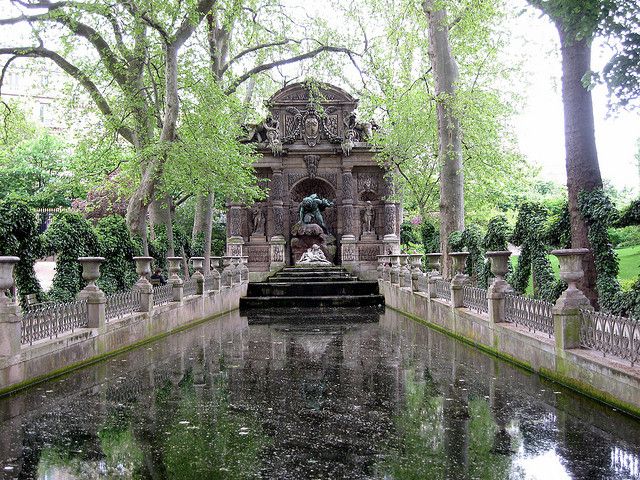



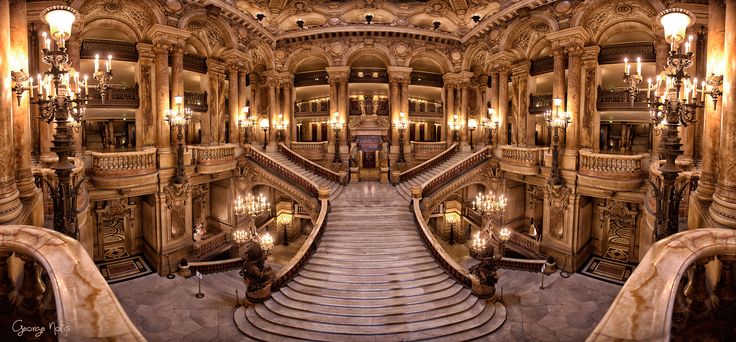


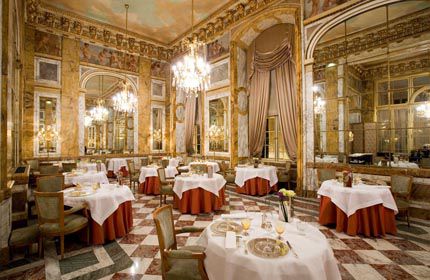
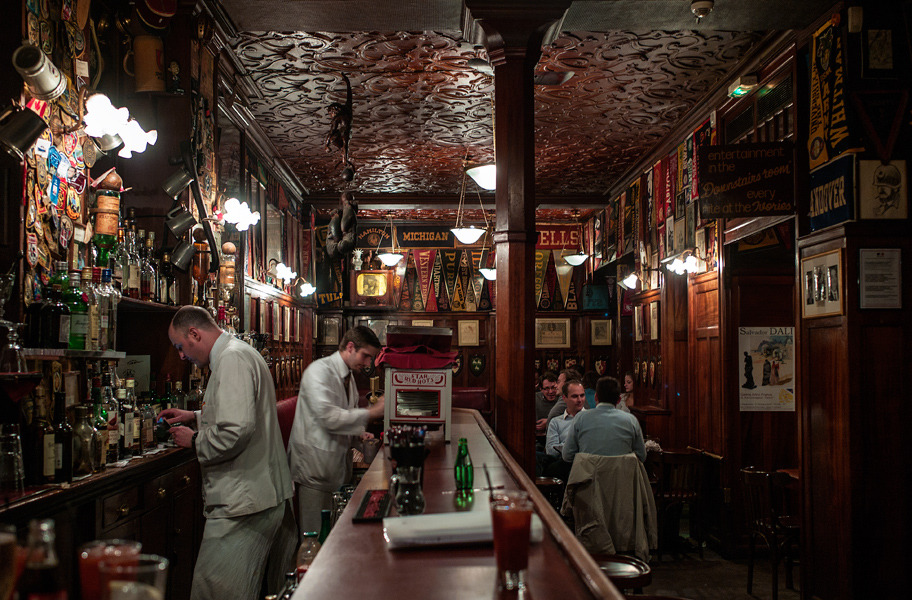



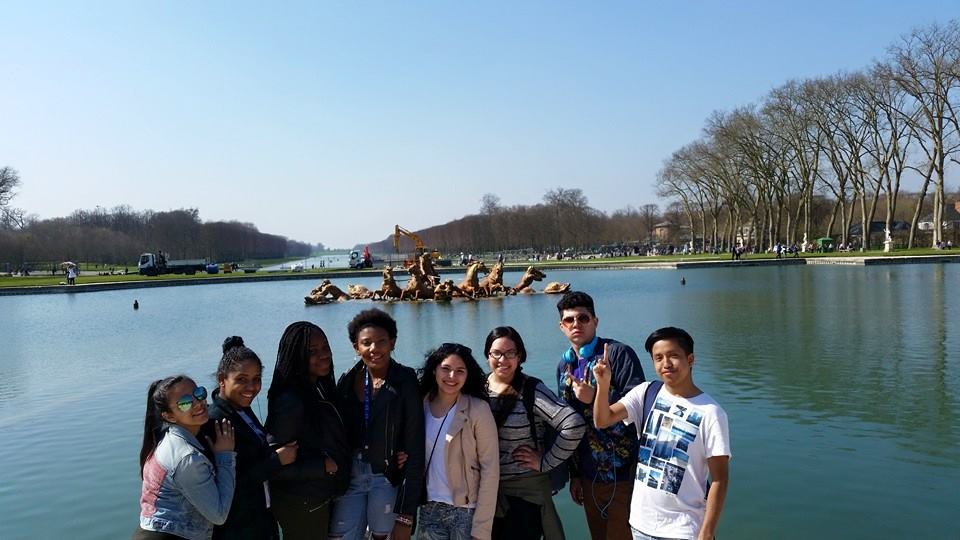

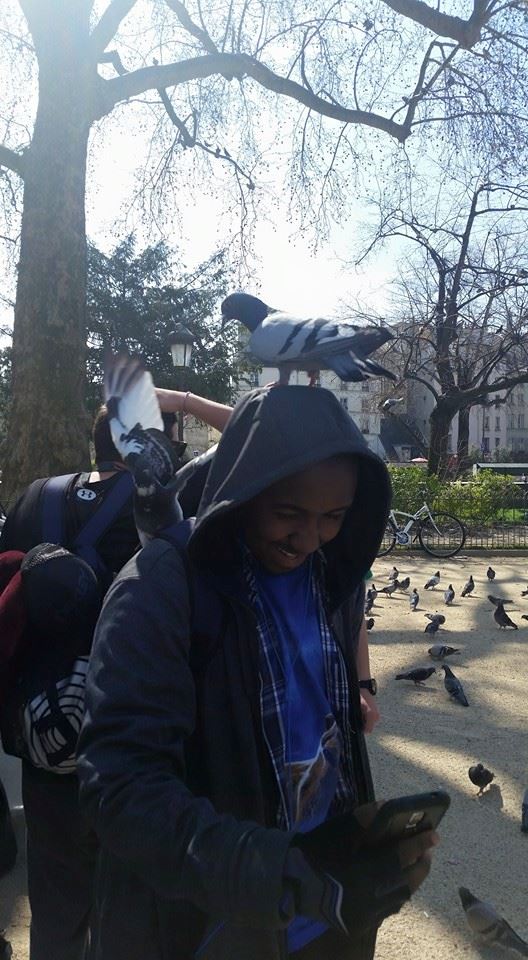


 Which is what I’ve been doing. First, I made a third attempt at The Sun Also Rises, and this time I finished it. I won’t say it’s become my favorite book or that Hemingway’s genius dripped from the pages in any obvious way, but I really did like it — so that’s a start. I’m currently reading
Which is what I’ve been doing. First, I made a third attempt at The Sun Also Rises, and this time I finished it. I won’t say it’s become my favorite book or that Hemingway’s genius dripped from the pages in any obvious way, but I really did like it — so that’s a start. I’m currently reading 